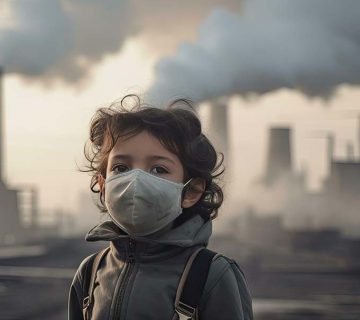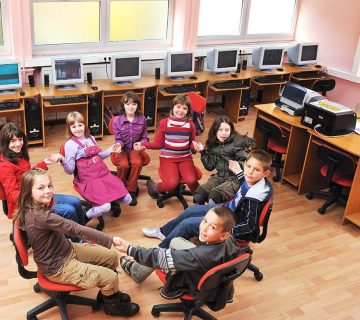Abstract
Raising children is one of society’s most important investments to ensure a healthy, sustainable, and dynamic future. This article examines how upbringing shapes a child’s character, social identity, and individual competencies, demonstrating that devoting resources, time, and attention to nurturing the next generation is not an expense but the best form of holistic development investment.
Introduction
In today’s world—marked by ethical crises, cultural shifts, complex communications, and rapid technological change—proper child-rearing has become the bedrock of social stability. A well-raised child grows into a citizen, parent, leader, or policymaker who helps build a resilient society. This article takes a multidimensional look at upbringing, from parental influence to the impact of governmental and educational policies.
Section 1: Defining Upbringing and Its Dimensions
Upbringing is a purposeful set of processes that fosters a child’s all-around growth across five key dimensions:
- Cognitive: Knowledge acquisition and critical thinking
- Emotional: Emotional intelligence and empathy
- Behavioral: Manners, values, and self-discipline
- Social: Healthy interactions with others
- Moral: Belief systems and a sense of responsibility
Upbringing extends beyond the family—it is the product of interaction among home, school, media, and the broader community.
Section 2: Why Is Child Rearing an Investment?
- Human Capital Enhancement: Today’s nurturing shapes tomorrow’s skilled workforce.
- Social Harm Prevention: Proper upbringing deters crime, violence, addiction, and other social pathologies.
- Economic Productivity Gains: Well-raised individuals tend to be more responsible, creative, and resilient.
- Cultural Continuity: Effective upbringing ensures transmission of national values and identity.
- Social Hope and Cohesion: Children with healthy self-esteem and clear vision become active architects of the future.
Section 3: The Parents’ Role in Optimal Upbringing
- Create a safe, loving home environment.
- Model positive behavior in speech, decisions, and lifestyle choices.
- Encourage self-discovery, inquiry, and independence.
- Apply positive discipline—avoid humiliating punishments.
- Maintain open communication and truly listen to the child’s voice.
Section 4: The Role of Formal Education
- Integrate character education alongside academic instruction.
- Teach life skills, media literacy, and emotional competencies.
- Empower teachers to act as moral and behavioral role models.
- Focus on cultivating responsible, participatory, and law-abiding citizens.
Section 5: Social Participation in Child Rearing
- Media’s influence—it can strengthen or undermine upbringing.
- Collaboration among municipal and cultural institutions to create nurturing environments.
- Corporate social responsibility in supporting families and children.
- The role of peers, libraries, community centers, and NGOs in reinforcement.
Conclusion
Child rearing is not solely a parental duty but a collective responsibility. Societies that invest in their children secure safety, justice, prosperity, and sustainable development. Neglecting this investment weakens social foundations and multiplies future material and moral costs. Therefore, child upbringing must be a priority in family life, education policy, and national planning.







